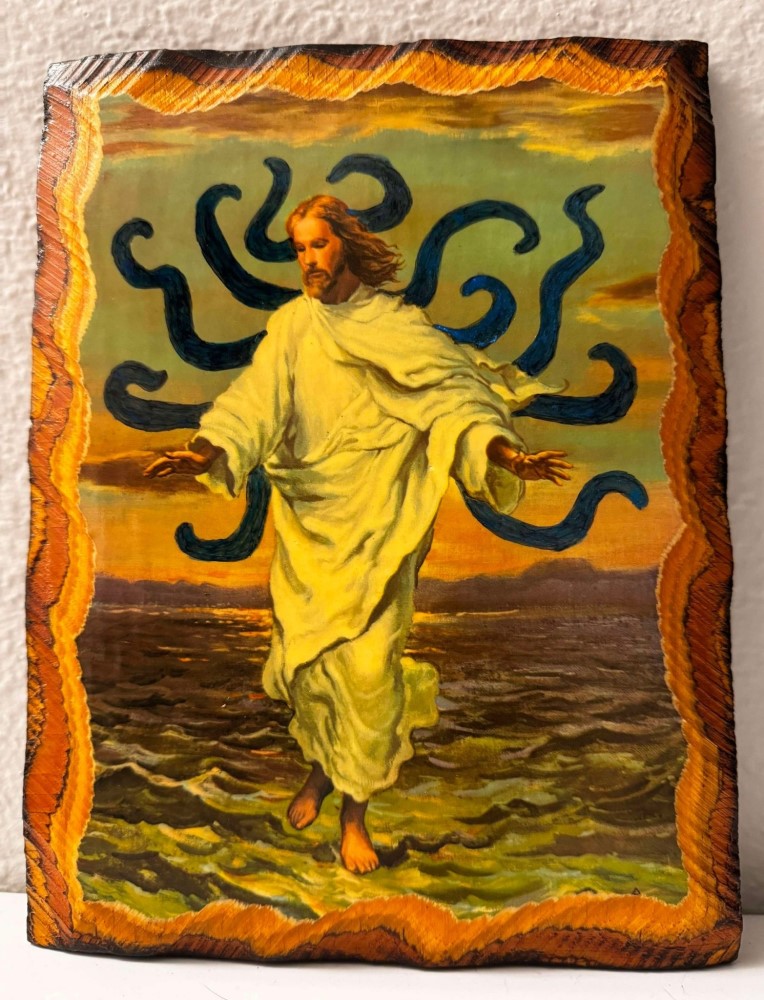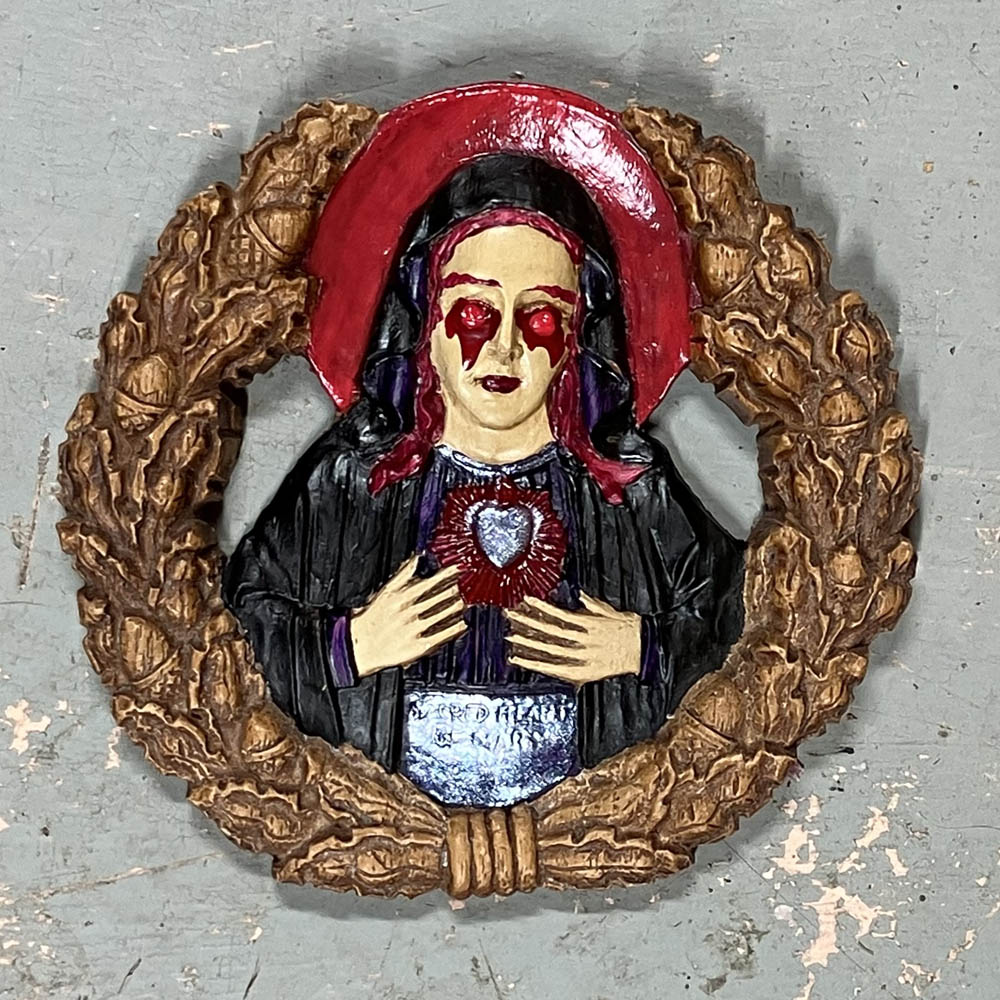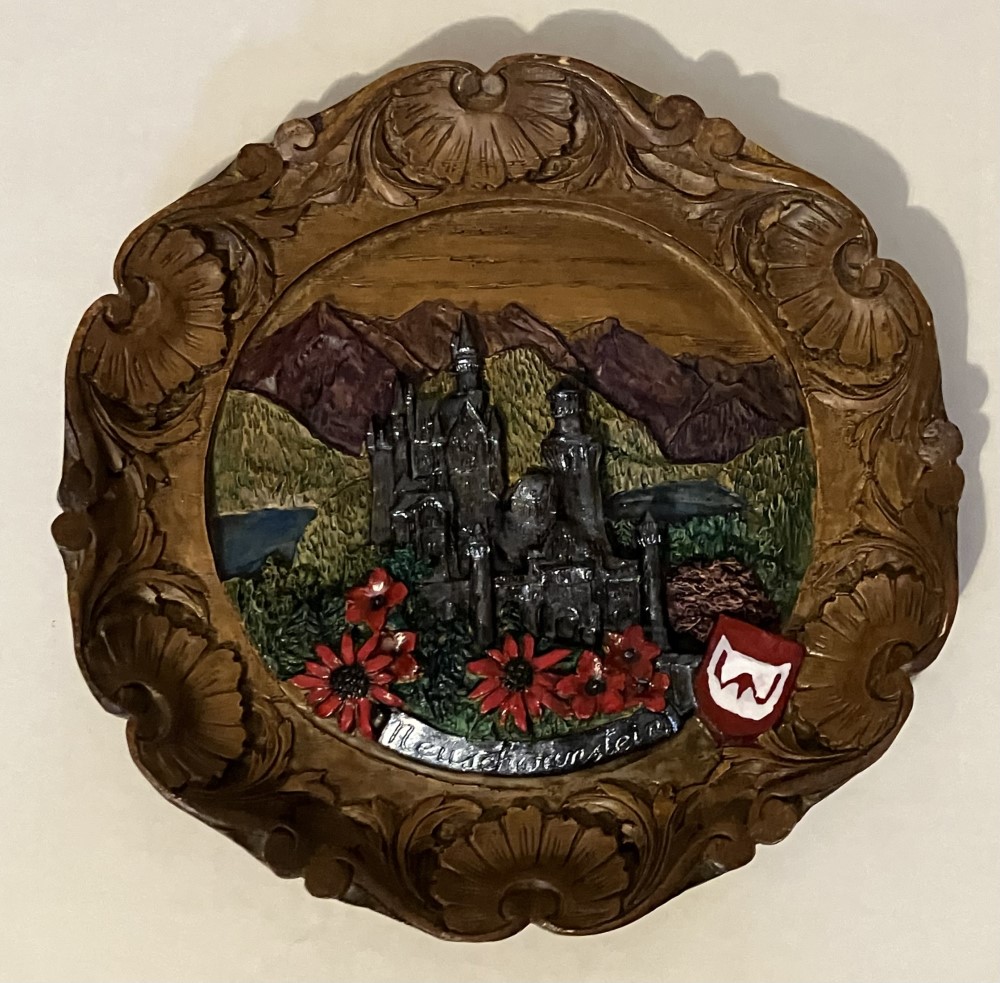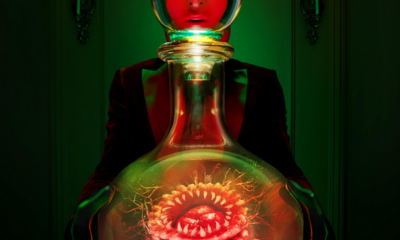When someone asks you if you’re a god, you say yes! Well, you might not be a god, but if you’re a fan of the Ghostbusters films and animated series, you’re certainly part of a cultural phenomenon that has captured the hearts of millions worldwide. From the moment the original movie hit theaters in 1984, the Ghostbusters franchise has become iconic, inspiring sequels, animated shows, and even a reboot. With its mix of comedy, horror, and sci-fi, Ghostbusters has carved out its own unique niche in the entertainment world.
But what is it that makes Ghostbusters so special? Is it the memorable characters, the ingenious gadgets, or the thrilling supernatural adventures? Perhaps it’s the catchy theme song that never fails to get stuck in your head. Or maybe it’s the combination of all these elements, masterfully blended together to create a franchise that has stood the test of time. Regardless of the reason, one thing is for certain: Ghostbusters has left an indelible mark on popular culture.
Join me as we embark on a spirited journey through the Ghostbusters films and animated series, delving into the stories, characters, and impact that this beloved franchise has had on the world. So, strap on your proton pack, and let’s get ready to bust some ghosts!
The Original Ghostbusters Film: A Breakdown
The film that started it all, Ghostbusters (1984) was directed by Ivan Reitman and written by Dan Aykroyd and Harold Ramis. The movie stars Bill Murray, Dan Aykroyd, Harold Ramis, and Ernie Hudson as the titular Ghostbusters, a team of eccentric parapsychologists who start a ghost-catching business in New York City. With their trusty proton packs and ghost traps, they set out to rid the city of its paranormal pests, eventually facing off against the ancient, malevolent deity Gozer the Gozerian.
The original Ghostbusters film is often praised for its perfect blend of humor, action, and spookiness. The witty banter between the characters, particularly Bill Murray’s Dr. Peter Venkman, adds levity to the supernatural proceedings, while the inventive ghost-catching technology and thrilling action sequences keep viewers on the edge of their seats. The film’s special effects, including the iconic Stay Puft Marshmallow Man, were groundbreaking for their time and still hold up remarkably well today.
One of the most memorable aspects of the original Ghostbusters film is its unforgettable theme song, penned and performed by Ray Parker Jr. With its catchy chorus of “Who you gonna call? Ghostbusters!” and its funky, infectious melody, the song became an instant hit and remains synonymous with the franchise to this day. The movie’s success led to a sequel, animated series, and a lasting impact on popular culture that continues to resonate with fans old and new.
Ghostbusters II
Five years after the success of the first film, the original cast and crew reunited for Ghostbusters II (1989), once again directed by Ivan Reitman and written by Dan Aykroyd and Harold Ramis. This time, the Ghostbusters are called back into action to save New York City from a new supernatural threat: an ancient, malevolent spirit named Vigo the Carpathian, who seeks to return to life by possessing the body of a human child.
While Ghostbusters II didn’t quite capture the same magic as the original, it still offered plenty of laughs, thrilling ghost-busting action, and memorable moments. One standout sequence involves the Ghostbusters using their proton packs to bring the Statue of Liberty to life, controlling it with an NES Advantage joystick in a bid to save the city from Vigo’s evil influence.
Though it received mixed reviews from critics and fans alike, Ghostbusters II remains a beloved part of the franchise’s history, serving as a testament to the enduring appeal of the Ghostbusters concept and characters. And, of course, it wouldn’t be the last time we’d see our favorite paranormal investigators in action.
The Animated Series
Capitalizing on the success of the first film, the Ghostbusters franchise expanded into the world of animation with the debut of The Real Ghostbusters in 1986. This animated series followed the continuing adventures of Dr. Peter Venkman, Dr. Raymond Stantz, Dr. Egon Spengler, and Winston Zeddemore as they battled ghosts and other supernatural entities in New York City and beyond. The show also introduced fan-favorite characters such as Slimer, the mischievous green ghost who becomes the mascot, and Janine Melnitz, the team’s sassy secretary.
The Real Ghostbusters was notable for its high-quality animation, engaging stories, and clever humor, which made it appealing to both children and adults. The show was so successful that it ran for seven seasons and spawned several comic book series, video games, and a vast array of merchandise. In 1997, the franchise returned to the small screen with Extreme Ghostbusters, a sequel series that introduced a new, younger team mentored by an older Egon Spengler. Though it only lasted for one season, Extreme Ghostbusters maintained the franchise’s tradition of great animation and entertaining storytelling.
Both The Real and Extreme Ghostbusters played a significant role in cementing the franchise’s place in popular culture, introducing the concept to a new generation of fans and keeping the ghost-catching spirit alive throughout the 1980s and 1990s.
Reboot: The 2016 Film
In 2016, the franchise received a fresh start with a reboot directed by Paul Feig and starring an all-female team of Ghostbusters, played by Kristen Wiig, Melissa McCarthy, Kate McKinnon, and Leslie Jones. This new film, simply titled Ghostbusters, offered a modern twist on the classic formula, with the new team facing off against a malevolent spirit named Rowan who sought to unleash a paranormal apocalypse on New York City.
Though the 2016 film received mixed reviews and sparked controversy among some fans, it nevertheless showcased the enduring appeal of the franchise’s core concept and introduced the world of ghost-catching to a new generation of viewers. The film also featured cameos from the original cast members, paying tribute to the franchise’s history while paving the way for a new era of supernatural adventures.
Ghostbusters: Afterlife – The Latest Installment
In 2021, the Ghostbusters legacy continued with the release of Ghostbusters: Afterlife, a direct sequel to the original two films. Directed by Jason Reitman, son of original Ghostbusters director Ivan Reitman, the film follows a new generation of characters as they discover their connection to the original team and face off against a new supernatural threat.
Ghostbusters: Afterlife has been praised for its nostalgic callbacks to the original films, as well as its heartfelt story and engaging characters. Featuring appearances from the surviving original cast members, the film serves as both a loving tribute to the franchise’s past and a promising new chapter in its ongoing story.
The Legacy of Ghostbusters Films and Animated Series
From the moment the original film burst onto the scene in 1984, the franchise has captured the imagination of audiences worldwide, spawning sequels, animated series, and even a reboot. The enduring appeal of the films and animated series lies in their unique blend of humor, horror, and sci-fi, as well as their memorable characters, inventive ghost-catching technology, and unforgettable theme song.
As we look back on the legacy of the Ghostbusters franchise, it’s clear that these paranormal investigators have left an indelible mark on popular culture, inspiring generations of fans to strap on their proton packs and join the fight against the supernatural. So, the next time you find yourself faced with a ghostly apparition, you know exactly who to call: Ghostbusters! The franchise has become a cultural phenomenon, with its memorable characters, gadgets, and supernatural adventures resonating with fans old and new. Whether you’re a fan of the original films, the animated series, or the recent reboot and sequel, there’s no denying the impact that Ghostbusters has had on popular culture.
With Ghostbusters: Afterlife released in 2021, there’s no telling where the franchise will go next. But one thing is for sure: the legacy of the Ghostbusters films and animated series will continue to inspire and entertain audiences for years to come. Who knows? Maybe one day we’ll all have our own proton packs and be able to catch ghosts ourselves.
In conclusion, Ghostbusters is more than just a franchise. It’s a cultural touchstone that has inspired generations of fans and left an indelible mark on popular culture. From its iconic characters and gadgets to its memorable theme song and catchphrases, Ghostbusters has earned its place in the pantheon of great entertainment franchises. So, the next time you’re feeling spooked, just remember: Who you gonna call?

Movies n TV
American Horror Stories, The Thing Under The Bed
Movies n TV
American Horror Stories, Leprechaun
Original Creations
Religious Icons Revisited for the Second Second Coming
-
Book Reviews7 days ago
Review: Don’t Eat the Pie, Monique Asher’s delicious trope fest.
-
Movies n TV4 days ago
American Horror Stories, Leprechaun
-
Original Creations4 days ago
Religious Icons Revisited for the Second Second Coming
-
Movies n TV2 days ago
American Horror Stories, The Thing Under The Bed

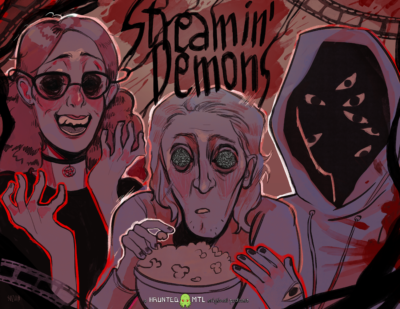
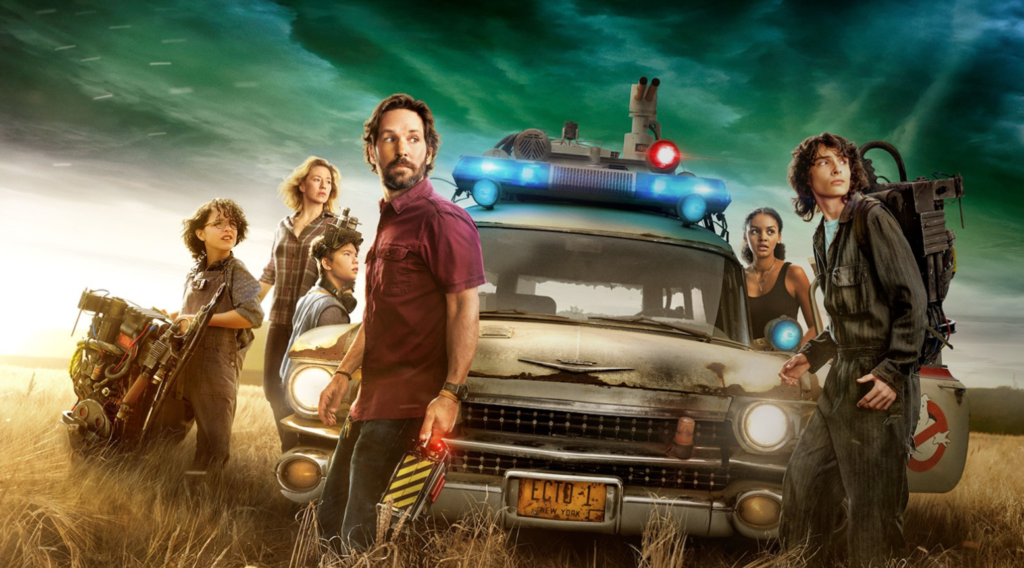


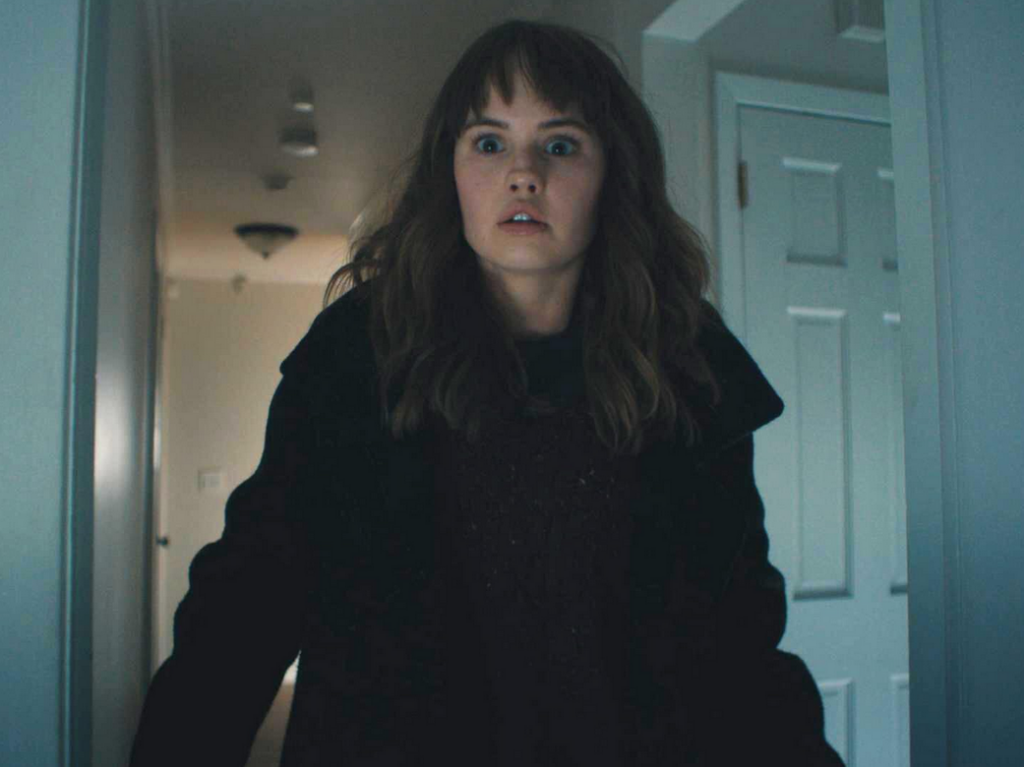
 (4 / 5)
(4 / 5)
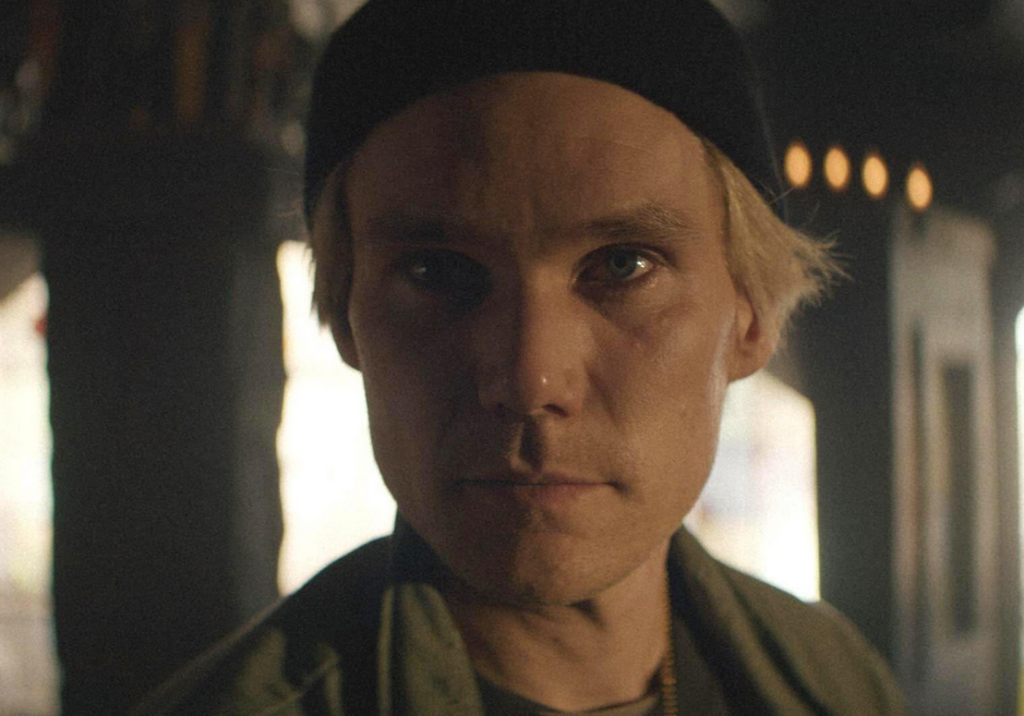
 (3.5 / 5)
(3.5 / 5)
